GIGA BYTE TECHNOLOGY GN-WLCM201 Compact Flash WLAN Card User Manual 2
GIGA-BYTE TECHNOLOGY CO., LTD. Compact Flash WLAN Card 2
Manual
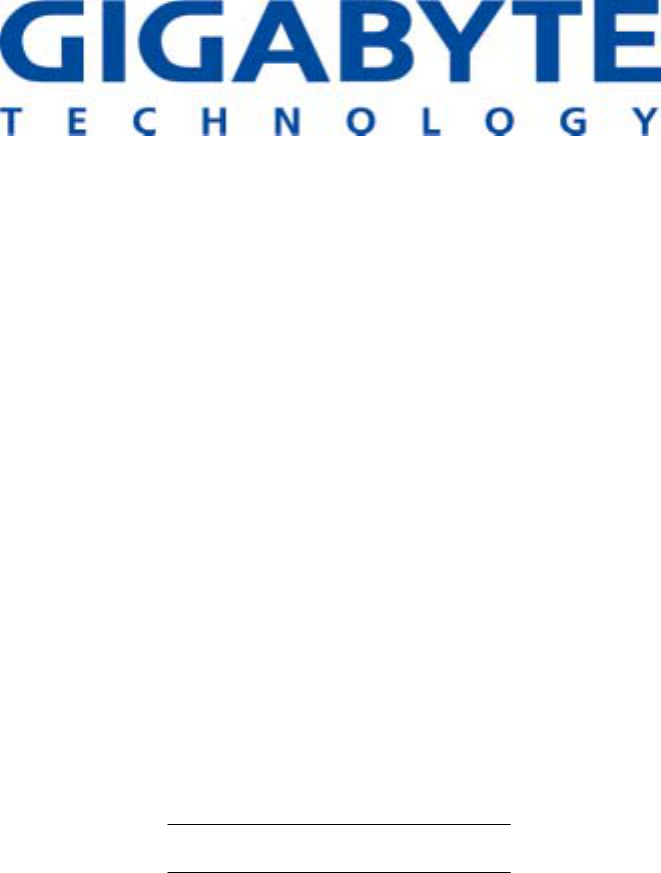
GN-WLCM201
IEEE 802.11b Compact Flash Wireless LAN Card
User’s Manual
http://www.gigabyte.com.tw
Rev. 1.0 First Edition
Contents
CHAPTER 1. PRODUCT OVERVIEW ..........................................................................................1
1-1. INTRODUCTION TO THE WIRELESS LAN CARD...............................................................1
1-2. FEATURES .................................................................................................................1
1-3. PHYSICAL DIMENSIONS/PACKAGING.............................................................................1
1-4. LED INDICATING LIGHT...............................................................................................2
1-5. SYSTEM REQUIREMENTS ............................................................................................2
1-5-1. Supported Platform.........................................................................................................2
1-5-2. Supported Operation System........................................................................................2
CHAPTER 2. INSTALLING THE WIRELESS LAN CARD........................................................3
2-1. INSTALLING THE DRIVER & UTILITY ............................................................................3
CHAPTER 3. SPECIFICATIONS ...................................................................................................5
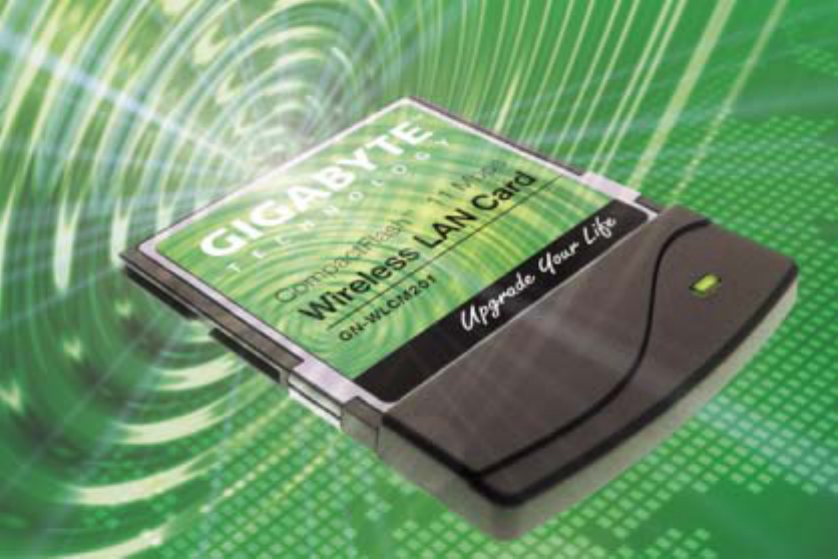
Chapter 1. Product Overview
1-1. Introduction to The Wireless LAN Card
This wireless Local Area Network (LAN) card is composed of the IEEE 802.11b MAC with
CompactFlash interface, Baseband, radio components, and two built-in antennas. This
product adopts the direct sequence spread spectrum (DSSS) technology using the
DBPSK, DQPSK, and CCK modulations to provide a very stable wireless communication
quality and an excellent signal receiver capability.
This product features the compact size, low power consumption, and power management
functions, and provides a high-speed wireless data communication. Therefore, this
product is ideally suitable for being integrated into the personal mobile and handheld
platform.
1-2. Features
Conforms to IEEE 802.11b specification.
Transmits data rate up to the maximum speed of 11Mbps.
Dynamically scales the data rate to 11, 5.5, 2, and 1Mbps.
Automatic power management to reduce battery consumption.
Built-in diversity antenna.
Supports 64-bit /128-bit WEP encryption.
Driver supports Windows CE3.0/4.1 and Windows 98SE/Me/2000/XP.
1-3. Physical Dimensions/Packaging
Dimensions: 55.4mm* 43mm* 3.3mm
This wireless LAN card conforms to the Compact Flash Type I standard. There is one
LED-indicating lights to indicate Act/Link status.
1

1-4. LED Indicating Light
Scanning: This LED blinks quickly when the card is scanning a network.
Associated: This LED is continuously on while the card is linked with the network.
1-5. System Requirements
1-5-1. Supported Platform
IBM PC/AT compatible computer
1-5-2. Supported Operation System
Windows CE3.0/4.1
Windows 98SE/Me
Windows 2000/XP
2
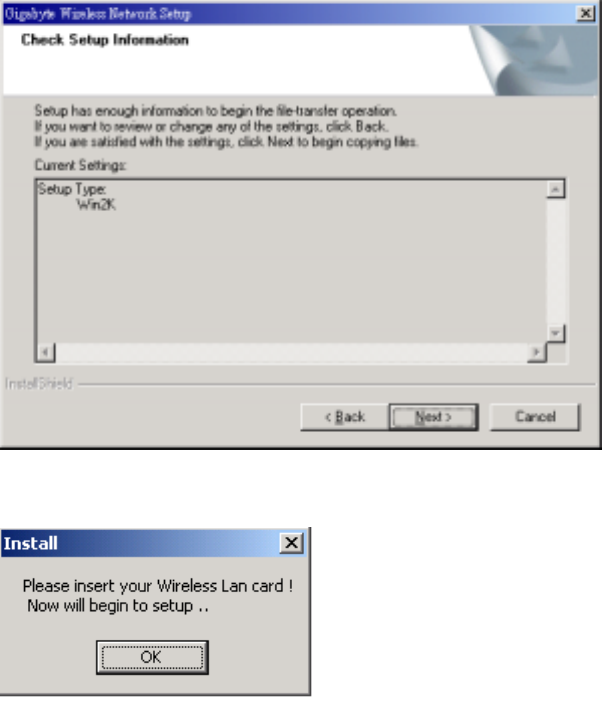
Chapter 2. Installing the Wireless LAN Card
2-1. Installing The Driver & Utility
Step 1: Please make sure that you don’t plug your card yet.
Step 2: Execute the setup.exe on our CD, and then the following window will pop up.
Step 3: Click “Next”.
Step 4: Click “OK”.
3
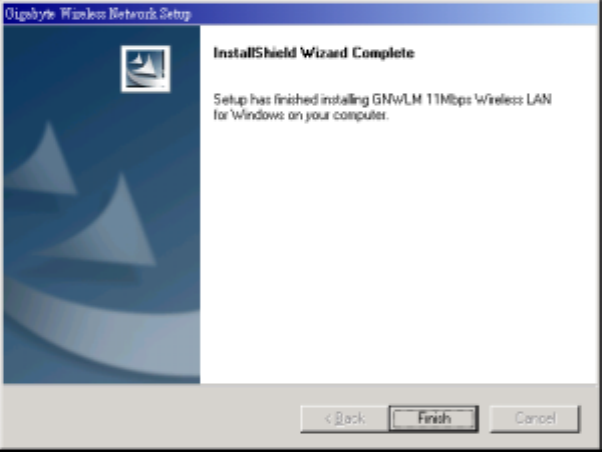
Step 5: Click “Finish”, and then your installation is ok.
4
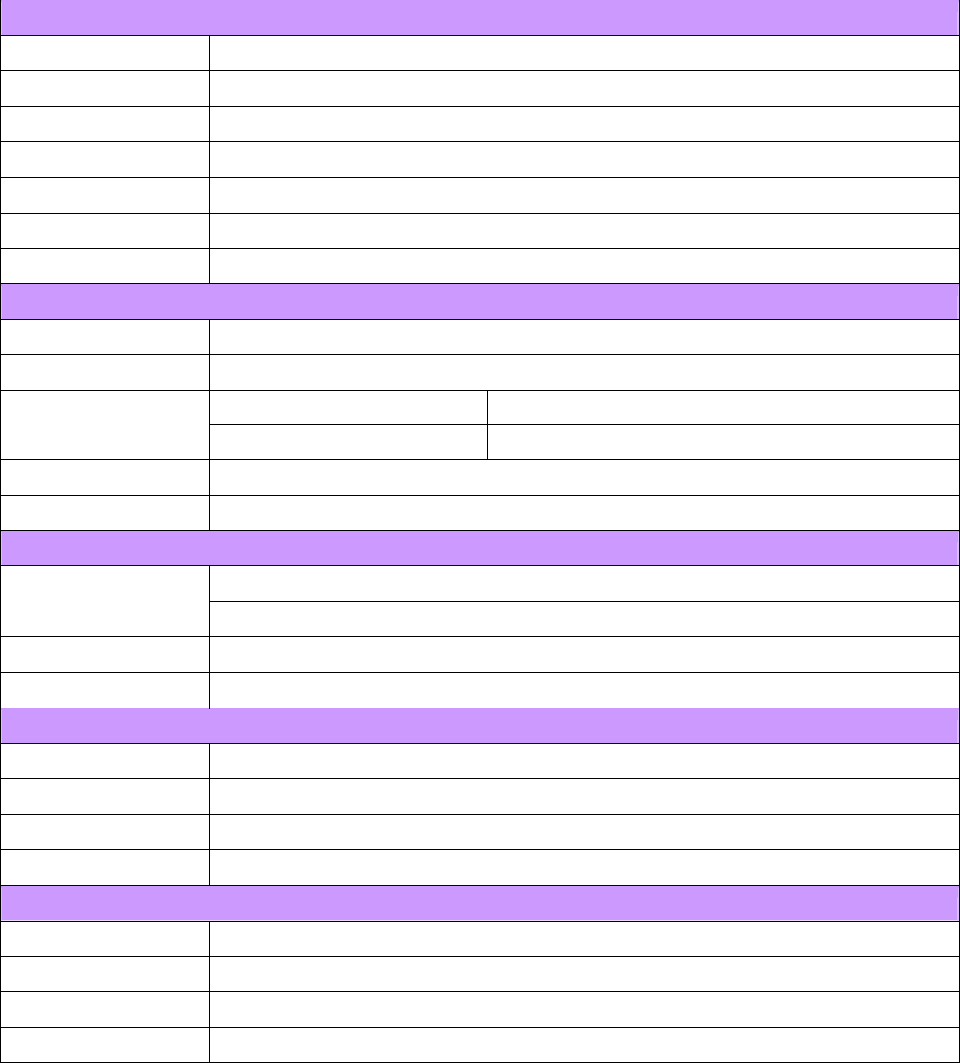
Chapter 3. Specification
System
Standards IEEE 802.11b
Host Interface Compact Flash (CF)Type I
Modulation 1Mbps: DBPSK; 2Mbps: DQPSK; 5.5 and 11 Mbps: CCK
Data Rate 1, 2, 5.5, 11 Mbps
Operating Voltage 3.3V
Power Tx 250mA; Rx 200 mA; Sleep 40 mA
Operating Range Open space: 100 - 300m; Indoor: 30 - 100m
RF
Frequency Band 2.400 ~ 2.484 GHz (subject to local regulation)
Radio Technology DSSS (Direct Sequence Spread Spectrum)
11 Channels (US, Canada) 4 channels (France)
Number of Channel 14 Channels (Japan) 13 Channels (Most European countries, ETSI)
Output power 13 dBm@ Nominal Temp Range
Receive Sensitivity Minimum - 80dBm@11 Mbps date rate; Typical –82dBm@11 Mbps date rate
Regulatory and Environmental Compliance
FCC part 15 (USA)
EMC certification CE (Europe)
Temperature Range Operating: 0 ~ 55 degree C, Storage: -20 ~ 65 degree C
Humidity Max. 90% Non-condensing
Software
Driver Windows CE 3.0/4.1; Windows 98/ME/2000/XP
Roaming Full mobility and seamless roaming
Security 64 and 128 bit WEP
Management Utility Link Configuration for network join and statistics
Mechanical
Dimensions 55.4mm * 43mm * 3.3mm
Weight 16 ± 1 g
Packaging Generic, Gigabyte, private labeling optional
LED indicator Power/Link status
5
Federal Communication Commission Interference Statement
This equipment has been tested and found to comply with the limits for a Class B digital
device, pursuant to Part 15 of the FCC Rules. These limits are designed to provide
reasonable protection against harmful interference in a residential installation. This
equipment generates, uses and can radiate radio frequency energy and, if not installed
and used in accordance with the instructions, may cause harmful interference to radio
communications. However, there is no guarantee that interference will not occur in a
particular installation. If this equipment does cause harmful interference to radio or
television reception, which can be determined by turning the equipment off and on, the
user is encouraged to try to correct the interference by one of the following measures:
- Reorient or relocate the receiving antenna.
- Increase the separation between the equipment and receiver.
- Connect the equipment into an outlet on a circuit different from that to which the receiver
is connected.
- Consult the dealer or an experienced radio/TV technician for help.
FCC Caution: To assure continued compliance, (example - use only shielded interface
cables when connecting to computer or peripheral devices) any changes or modifications
not expressly approved by the party responsible for compliance could void the user's
authority to operate this equipment.
This device complies with Part 15 of the FCC Rules. Operation is subject to the following
two conditions: (1) This device may not cause harmful interference, and (2) this device
must accept any interference received, including interference that may cause undesired
operation.
IMPORTANT NOTE:
FCC Radiation Exposure Statement:
This equipment complies with FCC radiation exposure limits set forth for an uncontrolled
environment. End users must follow the specific operating instructions for satisfying RF
exposure compliance.
This transmitter must not be co-located or operating in conjunction with any other antenna
or transmitter.
This device and its antenna(s) must not be co-located or operating in conjunction with any
other antenna or transmitter. End-users must be provided with specific operating
instructions for satisfying RF exposure compliance."
6